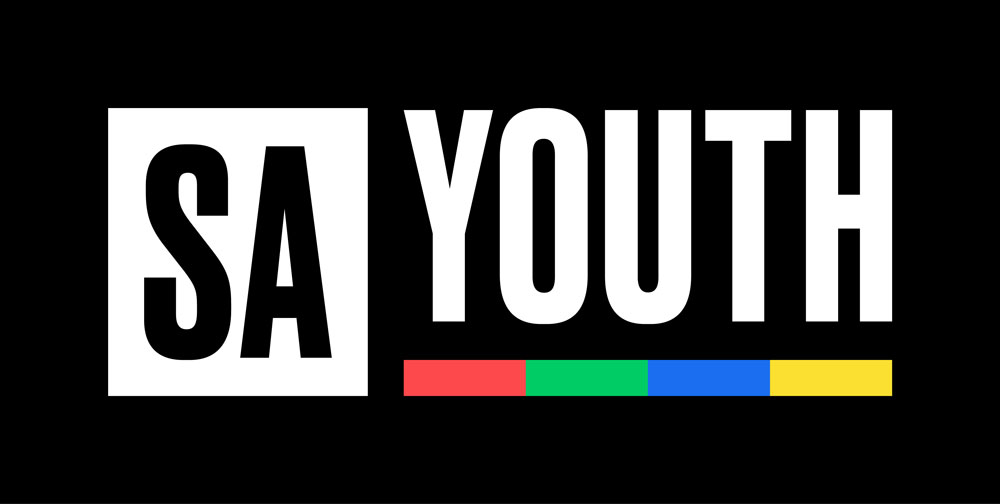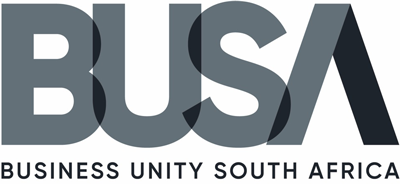

SA Youth connects young people to work and employers to a pool of entry level talent.
Are you a work-seeker?
February 2018
This quarterly analysis from Harambee Youth Employment Accelerator draws on data gained from our engagement with 400,000 young work-seekers who are at risk of sustained, long-term unemployment. Harambee uses this research to develop insights and drive interventions that can more effectively transition young people into jobs and address the global challenge of youth unemployment.

As measured by the Quarterly Labour Force Survey (QLFS), the national employment rate for youth aged 18-28 years old remained constant at 53.2% for 2017Q4. This rate contrasted sharply with the overall employment rate, which improved by a full percentage point to 73.3%. Based on Harambee’s data, we expected to see a seasonal increase in the QLFS employment rate, driven by temporary hiring in retail. However, the overall increase in employment for 2017Q4 was driven by other sectors, including community and social services, manufacturing and agriculture. It is likely that older, more skilled or more experienced employees are favoured by these sectors, which is why the overall employment rate increased but youth employment at the national level did not.
Harambee uses real-time data to calculate an employment rate among the young people it serves. Harambee’s overall employment rate is lower than that of the QLFS (although the trends are similar) because we focus on marginalised youth in particular, who tend to face higher structural barriers to employment.
The employment rate among Harambee candidates increased slightly in the fourth quarter, but not nearly as much as the rate increased in 2016Q4 or in 2015Q4. In other words, the Harambee employment rate remained in line with the QLFS employment rate, on a declining annual average trend. We expect the employment rate to decline slightly again in 2018Q1.
Harambee believes that inclusive solutions to increase youth employment are possible, and we will continue to share our knowledge to develop these solutions further.
401 435 learners passed South Africa’s 2017 secondary school exit exam (Matric). Congratulations to all of you from Harambee, this is a great achievement! However many of 2017’s graduates will face difficult employment prospects ahead. This Breaking Barriers outlines some of the challenges facing youth who are transitioning from school to work, or from “learning to earning”.
* The Harambee employment rate is measured up to 14 February 2018. Data are not drawn from Stats SA data but reflects a sub-sample of youth who are typically living in grant-dependent households and have finished Matric in a township or rural school)
** Youth includes all 18-28 years old
*** Note: Harambee employment rate is much lower than the national employment rate as Harambee does not include the informal sector and specifically targets low-income urban youth excluded from the formal economy.
INSIGHT 1
One of the reasons why Matric is so celebrated in South Africa is that we have a chronic unemployment problem, and, in general, more education makes finding a job easier. However in addition to education, employment rates also depend on other characteristics such as race, age and gender. Figure 2 shows employment rates for different age groups across various levels of education.
It is clear that employment rates increase consistently with more education, but there is also a persistent employment gap between younger and older work-seekers. This gap is usually explained as a requirement for work experience. Thus although education increases the likelihood of finding a job, it does not erase other barriers to employment.
Figure 1: Employment rates across different age groups with the same education
Source: Source: Statistics South Africa (QLFS)
* Calculated as percentage of economically active age group with the specified level of education, at 2017Q4.
INSIGHT 2
Employers are often concerned that Matric is not a guarantee of foundational skills like numeracy and literacy as the quality of basic education is generally low. Thus employers may ask applicants for further academic requirements for entry-level jobs as a signal of quality. Figure 3 shows how asking for Matric Maths or a Bachelor’s pass would exclude a majority of young people (for example, only 21% of the approximately 400 000 learners who passed Matric in 2017 also passed Mathematics with 40% or more). Employers are also increasingly looking for soft skills, such as initiative, persistence and leadership, in the people that they hire – qualities that are difficult for young people to signal without a point of referral such as prior work experience.
Organisations such as the OECD have commented on the high levels of mismatch in the SA labour market, implying that, in many cases, employees chosen are not the most suitable for the job in question. Since its inception, Harambee has challenged employers to look beyond academic qualifications and focus instead on the specific characteristics required by their jobs and businesses in hiring young employees to improve their matches. Employers could consider developing job profiles that include both hard and soft skill requirements, and using appropriate matching and assessment tools to identify these traits in potential hires.
In many cases this approach has paid off, and employers have acknowledged the positive impact of holistically matching candidates with job requirements instead of searching for the highest qualified candidate overall.
Figure 2: In looking for work, young people face barriers ted both to job requirements and to sof skills
Source: Department of Basic Education (NSC Examination Report 2017)
INSIGHT 3
Formal education is obviously important, but it is not a silver bullet to solve youth unemployment. The high premium that employers place on work experience shows gaps between formal education and work readiness. Many people learn their most valuable skills on the job. Yet the traditional success model in South African labour markets remains school to university to employment.
Solution: Multiple Pathways to Economic Engagement.
Harambee envisions a new paradigm for the labour market, which includes multiple paths to economic engagement (as shown in Figure 4). The main message of this paradigm is that everyone should be able to find a way to sustainable income through work. For some, it might come through short-term work experiences such as internships and learnerships that either convert to permanent employment or make it easier to find a job by serving the work requirement.
Existing structures could be made more inclusive to expand paths to employment, e.g. skills development programmes funded by SETA levies could be expanded to include new entrants and the unemployed. To move towards this model we would need better alignment between education, training, and workplace requirements so that all the paths shown in the transition column definitively increase employability. That means better coordination between employers and the broad education system to ensure that young people are more prepared for the world of work beyond formal education.
Figure 3: Future employment pathways for youth people
Source: Harambee

Tongaat Hulett Starch (THS) is an example of an employer that changed their sourcing and matching approach to focus on future success in the workplace, rather than on qualifications. Moving away from traditionally sourcing graduates, they partnered with Harambee Youth Employment Accelerator to source young people who were a match for the job, and close specific work readiness gaps.These included:
Harambee has successfully worked together with THS to match and ready more than 50 work-seekers, of which 60% are female, for production and engineering trainee programmes. THS has enjoyed increased absorption into the business and higher retention rates.